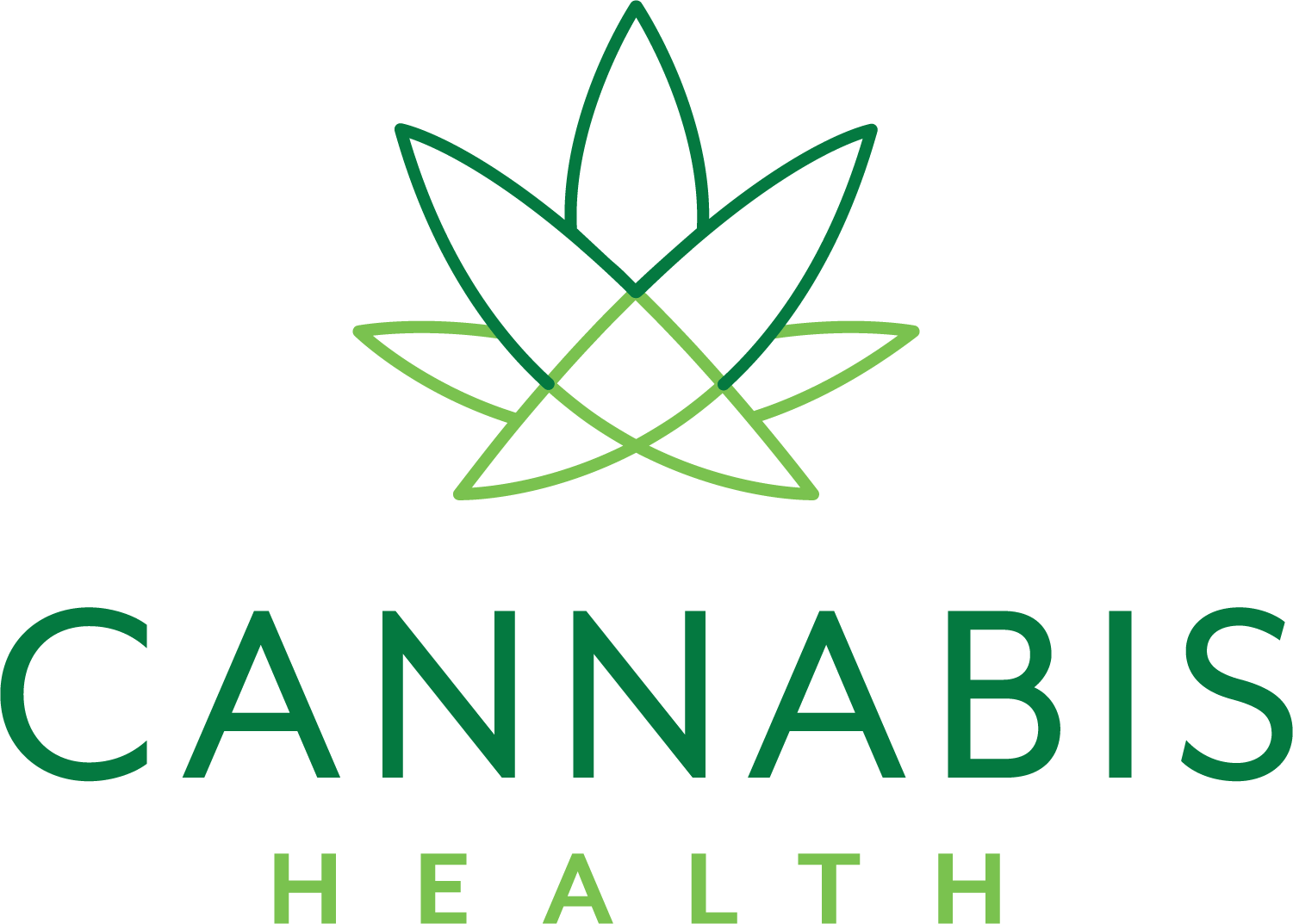As we delve into the realm of Medical Cannabis and its applications, one of the most prevailing concerns is its impact on lung health. The cannabis plant has been hailed for its therapeutic properties, but does the method of consumption pose potential threats to our respiratory system?
The answer to this is not a simple yes, or no. Let’s go with the firm answer of, “it’s complicated”. To fully understand this complex problem, let us start with understanding the anatomy of smoke.
Smoke, regardless of its source, carries a multitude of harmful elements that can affect our health, notably the lungs. When substances like wood, tobacco, or cannabis are burned, the process of combustion releases a myriad of toxins and carcinogens. Among the most harmful are carbon monoxide, a lethal gas, and tar, a sticky by-product that can obstruct the airways in our lungs.
There is a striking similarity between cannabis and tobacco smoke, both containing elements that can irritate the bronchial tubes, promote tumor growth, and potentially initiate carcinogenic activity. Cannabis users often exacerbate these risks due to the tendency to inhale deeper and retain the smoke in their lungs for extended periods compared to tobacco smokers. This potentially escalates the harm caused to the lungs.
So, what is worse; tobacco or cannabis? When assessing the relative dangers of cannabis and tobacco, it appears cannabis carries fewer risks to lung health. The key difference lies in the frequency of usage; typically, cannabis consumers smoke less often than those who use tobacco.
Tobacco smoke is linked to a broad spectrum of severe lung conditions such as emphysema and heart disease, along with lung cancer. Tobacco has a more comprehensive association with these harmful conditions, suggesting it presents a more significant risk. Cannabis smoke, is not what you would consider benign, it has not been definitively linked to these types of conditions.
Despite this comparison, it’s vital to stress that this doesn’t render cannabis smoke harmless. It’s not a question of ‘safe’ versus ‘unsafe’ but rather a matter of degree of potential harm. Therefore, while cannabis smoke may be less harmful than tobacco smoke, caution and responsible use should be exercised.
In the context of medical cannabis, users must be aware of these potential risks and explore safer consumption methods. There are many ways to consume cannabis without smoking. For individuals wary about the potential lung health consequences of smoking cannabis, several alternative consumption methods exist. One such method is vaporizing, which involves heating cannabis to a point where it releases its active compounds as vapor, not smoke. This process bypasses the combustion stage, and consequently, the harmful toxins associated with it.
Edibles represent another smoke-free option. Ingesting cannabis-infused foods or drinks allows the active components to be absorbed through the digestive system, eliminating any potential harm to the lungs. While the onset of effects is typically slower with edibles compared to smoking, the results are often more prolonged.
Tinctures are yet another alternative. These are cannabis-infused liquids that are typically applied under the tongue for quick absorption into the bloodstream. They offer the advantage of precise dosing and rapid onset of effects.
Topicals, on the other hand, involve applying cannabis-infused creams, lotions, or balms directly to the skin. While this method is typically used for localized pain relief or inflammation and doesn’t provide the psychoactive effects associated with other forms of consumption, it underscores the variety of ways cannabis can be used without smoking.
Although, not a smokeless option, there is a way to limit the harmful toxins caused by the combustion of cannabis; water pipes. Water pipes offer a smoking solution that incorporates filtering the smoke through water. This filtering process not only lowers the level of toxins ingested but also cools the smoke before it enters the lungs. This cooler smoke allows for a smoother hit and is easier on your throat.
Each of these alternatives provides a way to experience the potential benefits of cannabis without exposing the lungs to the risks associated with smoking. However, it’s important to remember that these methods can have varying effects, durations, and onset times. It’s always advisable to start with a lower dose and gradually increase until the desired effect is achieved, ensuring a safe and controlled cannabis experience.
Remember, safe cannabis use doesn’t only revolve around using it in moderation but also involves choosing safer methods of consumption, maintaining transparency with your healthcare provider, and staying updated on the latest research and regulations. By following these guidelines, you can ensure a safe and beneficial experience.
At Cannabis Health our priority is always to provide our communities with safe access to the cannabis and cannabis products. As the cannabis market in South Dakota expands and evolves, our goal is to meet the needs of the community at large by offering a safe space for patients and caregivers to find the relief they need. You rely on us to be here when needed, and we intend to stay committed to that purpose.
These products have not been evaluated by the Food and Drug Administration (FDA) and are not intended to diagnose, treat, cure, or prevent any disease. For informational and educational purposes only. South Dakota License Number: 22ESTC8512.


